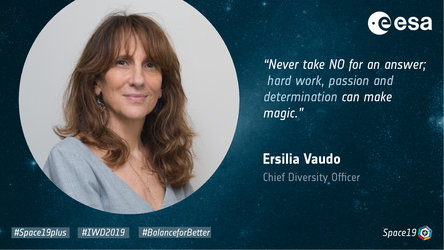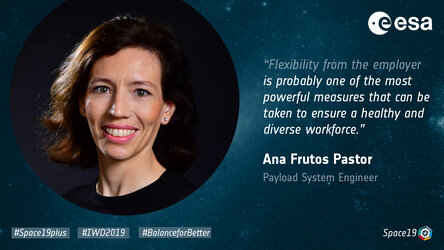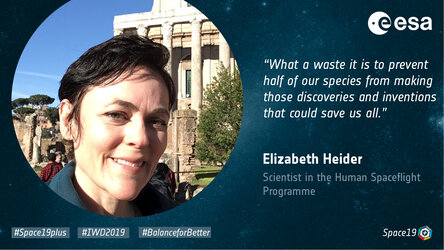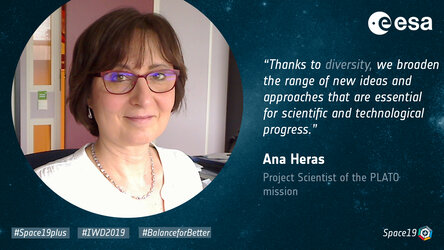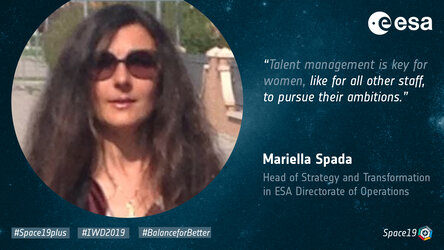Elsa Montagnon, ESA BepiColombo Spacecraft Operations Manager
Please give a brief description of your duties at ESA.
I have worked at ESA since 1999. Since 2007, I am the BepiColombo Spacecraft Operations Manager. As the leader of the Flight Control Team, I am responsible for the operational implementation of the BepiColombo mission, for making the BepiColombo mission products available to the mission stakeholders and for the health and safety of the BepiColombo space segment.
What inspired you to pursue a career in science and engineering and what motivated you to join ESA specifically?
Science topics were always the most interesting for me at school. When I decided to study to become an engineer, I asked myself in which engineering domain I would like to work, and I decided then to go for aeronautics and space. This was not only because these are technically challenging domains. They are domains that inspire humans to dream, even today, and where international collaboration is very important. When I first came in contact with ESA/ESOC, I was fascinated by the very personal relationship that the spacecraft operations team develops with their spacecraft. Now, I get to live this on a daily basis with BepiColombo, and this is still a great motivational factor for me.
Did you encounter gender barriers on your way to becoming a scientist / engineer?
I do not feel that I have encountered any barriers due to my gender during my education and career. My parents were supportive, even proud that I wanted to become an engineer. And even though I was often in classes where women were in the minority, I experienced great support and camaraderie from my fellow students, independent of gender. This continued during my professional career. I became a mother a few years ago, and this has changed my relationship with work. I am still as capable and motivated as I was before I had my children, but now an important part of my time has to be dedicated to my family, which was not the case before. Things have to be more carefully organised, and I have much less time to call my own, which can occasionally be challenging. It works thanks to the support I am getting from my partner, colleagues, friends and family.
What progress have you seen in addressing the gender imbalance in your profession through equal-opportunity measures in recent years?
When I joined ESA in 1999, I was often the only woman in the room. And in some groups I worked with at ESA and in industry, there was often no woman in a technical role. This is no longer the case today. On my current project, women have the leading position in several technical domains, and I cannot remember a technical meeting where I was the only woman.
Also, the childcare role is more often shared between mother and father these days, and it is more common in the work environment to have women working full-time while raising their children. This leads to a higher acceptance of family-related constraints in the workplace, which is both empowering and motivating.
What are, in your view, three measures that could make a difference in supporting a work–life balance and at the same time equal career opportunities.
For work-life balance and equal opportunities, in my experience, the following points are essential:
- Provide parental leave opportunities for both mothers and fathers.
- Help arrange childcare facilities that cover the working times of the parents, to enable both parents to continue working full-time if they so wish.
- Allow for flexibility with working hours and the place of work.
What advice would you give to a girl or young woman who is considering a career in science and engineering?
Pursue practical experiences in your field of interest. Ask for what you want. Believe in yourself.



